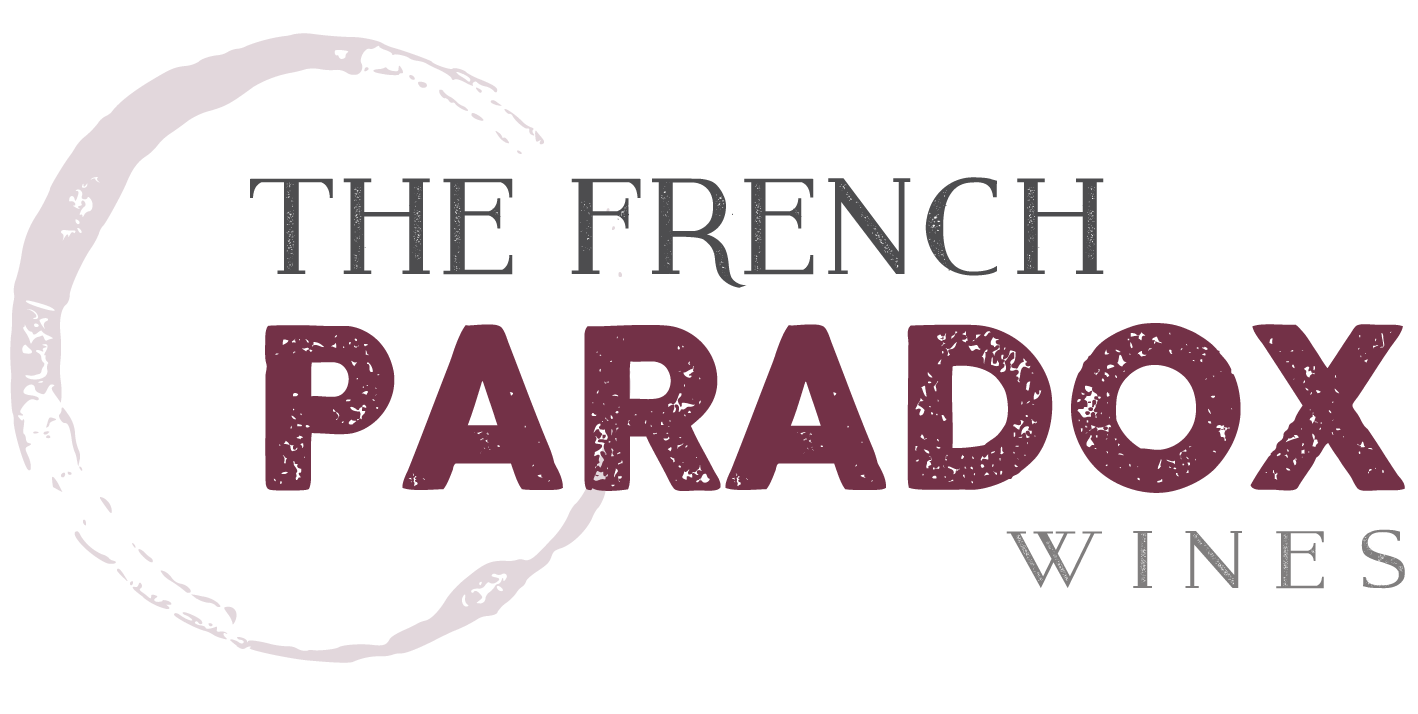Nebbiolo is the grape that grows in Piedmont, in Northwest Italy, and in Barolo and Barbaresco, arguably, better than any other place on earth. Nebbiolo is difficult to ripen, its finicky about rain and wind, and its susceptible to vine diseases. It also does not adapt particularly well to differing vineyard soil types, preferring soils with high concentration of calcareous marl such as those found on the right bank of the Tanaro river around Alba where, ahem, Barolo and Barbaresco are produced.
That’s reason #1 as to why Nebbiolo is the anti-Cabernet; Cab grows reasonably well almost everywhere (therefore, people plant it, grow it and bottle it and then proclaim its excellence in order to sell it.)
Indigenous to Piedmont, Nebbiolo has been around since Roman times, and has been prized, but only about 6% of Piedmont vineyards are planted to Nebbiolo. (Reason #2: Cabernet Sauvignon is a relatively new variety, the product of a chance crossing between Cabernet Franc and Sauvignon blanc during the 17th century in southwestern France. King of grapes my eye.)
Reason #3 has nothing to do with the grapes or wines: transportation. Bordeaux, where Cabernet grew famous (although the Bordelaise grow more Merlot than Cab. You can look it up) is split by the Gironde river which flows to the Atlantic and hence the nearby markets of England and Holland. Nebbiolo had no such advantage and has been successful (such that it is) merely due to the quality of the wines.
Bordeaux, as a wine region, is unique in how it developed and achieved renown. Whereas, in most wine regions, the growers (or co-ops) handled sales, marketing and distribution, Bordeaux growers sold their unbottled wine to merchants, who handled the remaining tasks (including exportation). Eventually, the merchants developed enough financial resources to purchase the vineyards and develop and sell their own ‘brands’. Naturally, these merchants spread the word that their Cabernet-driven wines were the best in the world. They even (in 1855) announced a rating system that (of course) put their wines at the top. The self perpetuating (and self promoting) Grand Cru Classe rankings are still in place. Thus, the premise that wines primarily made of Cabernet Sauvignon are the finest in the world continues. On the other hand, the farmers of Piedmont had no such marketing power (nor state sponsored monopoly as in Burgundy). Nebbiolo has earned is accolades one taste at a time (#4).
Wines from Barolo are often (wrongfully) described as powerful and dense. The reality is that wines from Barolo and Barbaresco are typically of medium body with fragrant rose petal, anise, tart cherry and leather aromas, followed by understated fruit, truffle and herbal flavors, lively acidity and firm tannins. The wines aren’t braggarts, rather, they invite contemplation. The relative paucity of lush fruit coupled with bright acidity make them sensational for pairing with wine variety of foods, unlike Cabernet Sauvignon which frankly pairs well with a rib-eye. Unless, of course, it’s a Napa grown monster, which pairs well with itself. This would be reason #5.
(We won’t discuss age-worthy-ness, as it’s really not a discussion. Nebbiolo ages much, much better)
Finally, …(#6) cost. With only a few exceptions (yeah, I’m talking about you, Gaia), good and even great Nebbiolo, even from the most prized vineyards, can be purchased for far less than similarly praised Cabernets. QED.
I didn’t really set out to convince anyone that Nebbiolo is better than Cabernet, and if appears that way, then, well, maybe it is. I think Nebbiolo is more interesting, more food friendly, and less costly than most Cabernets, especially the scarce ones. But my real objective was to point out that some of the opinions about the value of a wine is driven by, perhaps, misleading and objectionable myths. If you like Cabernet, that’s fine, that’s great. Dull, perhaps. But, you know, whatever. However, if you really like wine, and and really consider yourself knowledgeable about wine, then broaden your horizon. Come to Nebbiolo.
